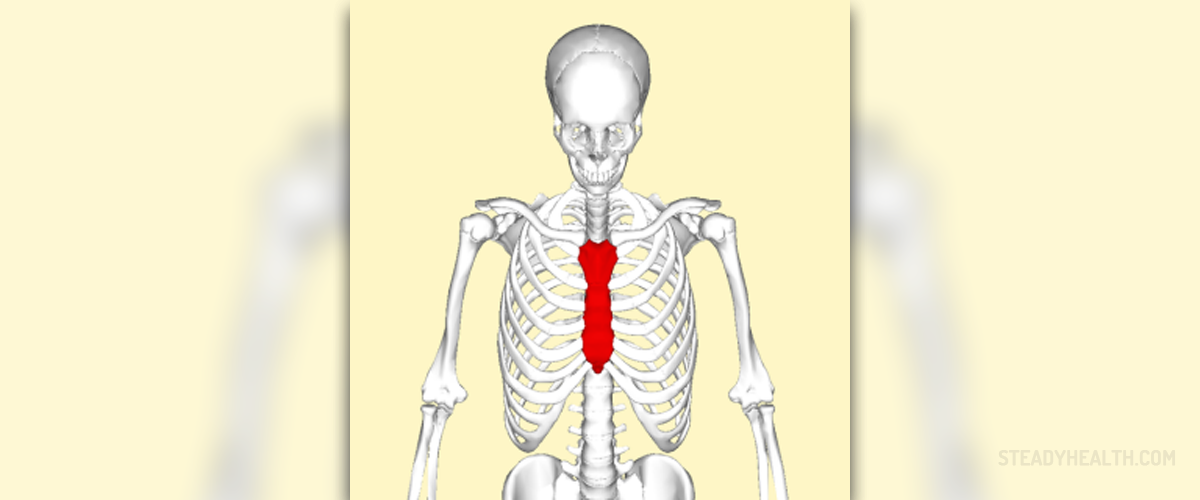
This bone may be affected by various deformities, and one of those deformities is medically known as pectus carinatum, or more commonly called a protruding sternum. A protruding sternum represents a deformity which features with obvious protrusion of the sternum and the cartilage portion of the ribs.
What Causes a Protruding Sternum?
The deformity predominantly affects children, and in many cases the actual cause of the protruding sternum remains unknown. However, a protruding sternum may run in families; the condition has a tendency to be inherited. Statistics show that a protruding sternum affects more boys than girls, and that it is in majority of patients first diagnosed after the age of 11. There may be a mild deformity which usually becomes worse as the child grows. A protruding sternum may be associated with some other deformities such as scoliosis, in which the spine has an abnormal curvature.
Some people believe that a protruding sternum develops as a consequence of overgrowth of the rib cartilages. Furthermore, a protruding sternum may be a sign of some other medical conditions, such as costochondritis, Marfan syndrome, Sly syndrome, homocystinuria, Trisomy 18 or 21 etc.
Symptoms of a Protruding Sternum
Patients suffering from a protruding sternum may not complain about any symptom or develop any sign apart from the obvious chest deformity. However, a severe sternum deformity is generally associated with additional health problems and patients in whom a protruding sternum develops as a part of another medical condition develop symptoms and signs of the underlying condition. What is more, a severe deformity of the sternum may significantly interfere with respiration (breathing) and apart from breathing issues cause low stamina and difficulty while performing strenuous physical activities.
Treatment for a Protruding Sternum
Most cases of a protruding sternum can be successfully treated with braces worn by the patient over prolonged periods of time. This way, more aggressive and invasive treatment (surgery) can be avoided. A brace for a protruding sternum is always custom made based on a patient's measurements and the shape of the protrusion. It is constructed by a specialist. Patients need periodic adjustments to their braces as they grow. A brace is worn during the day and at night. The major effect of such treatment is a gradual remodeling of the chest wall. It may take a year or a bit more to achieve desirable results, and the process is painless.
Unfortunately, in case braces do not provide suitable results and the deformity remains, people with a protruding sternum may need to undergo a surgical correction of the sternum deformity. Surgery includes removing the rib cartilages. This type of surgery is known under the name Ravitch procedure. It is also performed in case of a sunken sternum (another sternum deformity). The procedure is always done under general anesthesia and patients remain hospitalized for approximately a week, before recovering and finding relief from symptoms they may have had as a result of the deformity.
- www.nhs.uk/conditions/marfan-syndrome/symptoms/
- www.nhs.uk/conditions/costochondritis/
- Photo courtesy of Anatomography by Wikimedia Commons: commons.wikimedia.org/wiki/File:Sternum_above2.png





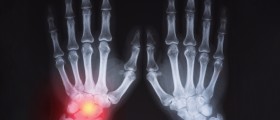
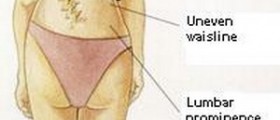

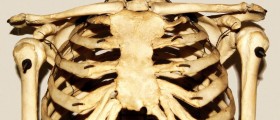





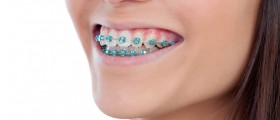


Your thoughts on this
Loading...